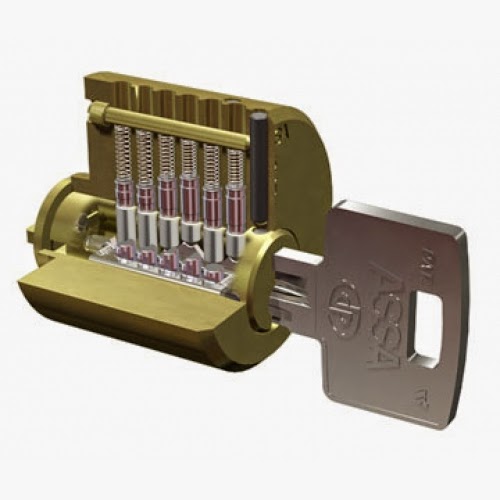If you are about to do a job involving the implementation of a master-key system, there are a few simple rules that would be recommended to be followed. Following these rules will eliminate operating keys acting as unexpected Masters or Control Keys. Make certain that the Control Key bitting is opposite to the even/odd combination in the master and change keys. This should be done for each bitting position.
Another good practice when planning a master-key system is to have at least one cut on a master key that is higher than any on the Operating Key in that same position. This will eliminate the possibility of anyone "cutting down" an Operating Key and turning it into a Master Key. It is also recommended to use even numbers next to odd numbers in master keying in order to rule out the possibility of having keys that have similar depth. Same depth keys would need to be disqualified from the system and decreasing the number of combinations that are usable.
In addition, do not use a bitting in a Master Key that will be used in an Operating Key for any chamber. For example, if a 6 cut is used on Chamber #5 for the Master Key, then the Change Key will not have that specific cut in that same 5th position. Finally, it is recommended to use only one Master Pin per chamber. Each additional master pin will decrease the security by creating incidental Masters which may catch in a large system, even though they are detectable.It wouldn't be an ideal situation if the mail room attendant will discover he had a key to the rooms in the executive suite in which then the owner would be fairly upset about the locksmith technician who designed the system.
Visit the following links for additional info about locksmith solutions in Reno, Nevada | Reno locksmith services.


No comments:
Post a Comment
Note: Only a member of this blog may post a comment.